Why You Should Avoid Surge Pricing In Your Revenue Model For On Demand Taxi Booking App
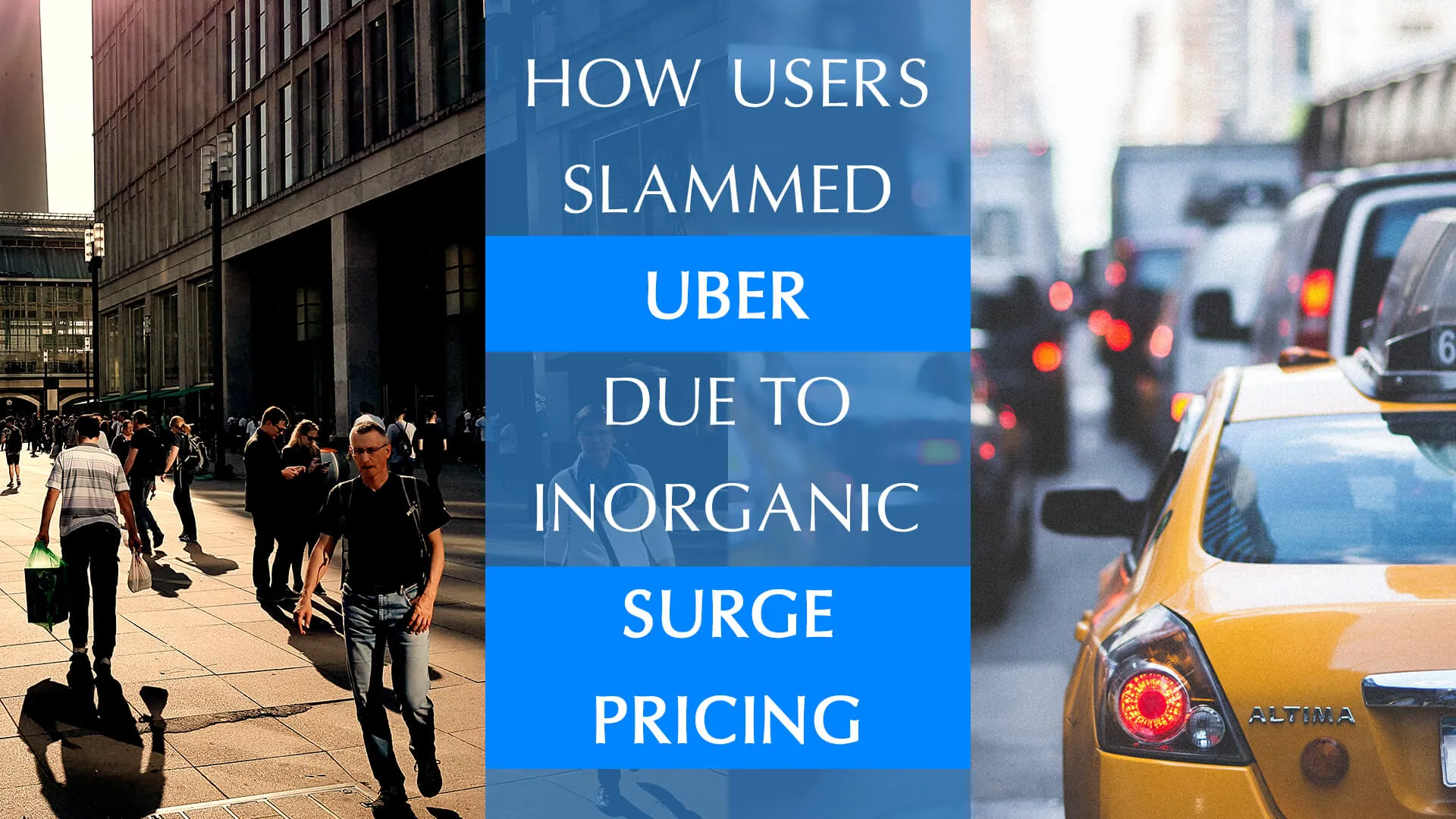
What Happens When an Aspect in Revenue Model Goes Wrong
Disruptive business it is, the best on-demand service it is, remunerative it is, inspiration it is for the on-demand startup businesses.
Yeah! You got it right, UBER it is.
Call it the perfect on-demand business planning and strategy, highly evaluated technological stacks, very-well executed process of the application, Uber today highhandedly beats all its competitors. This is what we believed so far about Uber. But there’s an Uglier side of Uber that gets over shadowed under its glory, fame, and name.
Now, this is not a problem to Uber, but is to the startups that tend to match the exact footsteps of Uber by making uber like app under various niche and fail badly due to being unaware about the most critical issue encircling the Uber business – Surge Pricing.
Why People Preferred Uber?
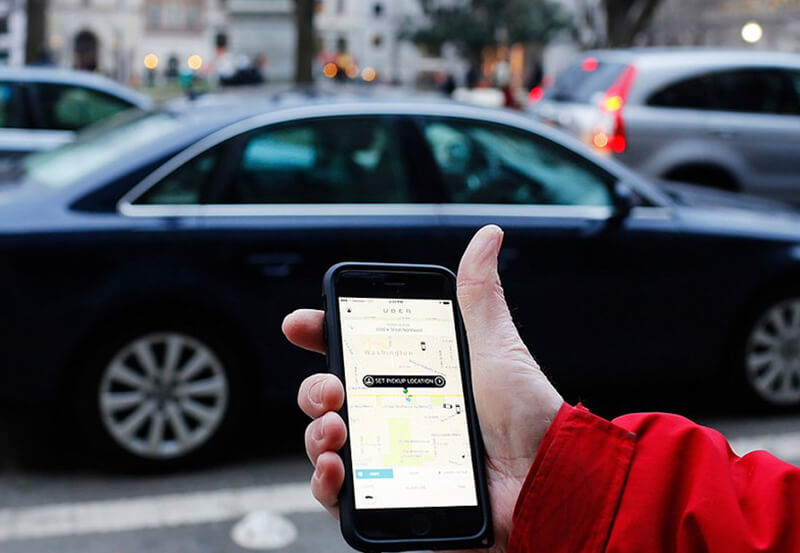
The biggest reason users set Uber as their default cab service was because of its affordability and transparency.
the revenue model for on demand taxi booking app-Uber was simple and user-friendly once.
· Commissions
For every ride the passengers take, the drivers are paid and the commission is made out of it.
· Service category
Differentiating the prices on the basis of different premium level of services.
· Cancellation fees from passenger
Charging a fixed amount of fees in the next ride when the passenger cancels the ride.
· Cancellation fees from driver
Charging a fixed amount of fees from the driver when the driver cancels the ride.
Such a revenue model by Uber was highly appreciated and was affordable by the users, unlike its counterpart Lyft, which compels its users to tip their drivers.
Uber never charged extra from the passengers than what the ride fare.
But surge pricing has made all the difference to Uber and its users.
What is the Hack about Surge Pricing?
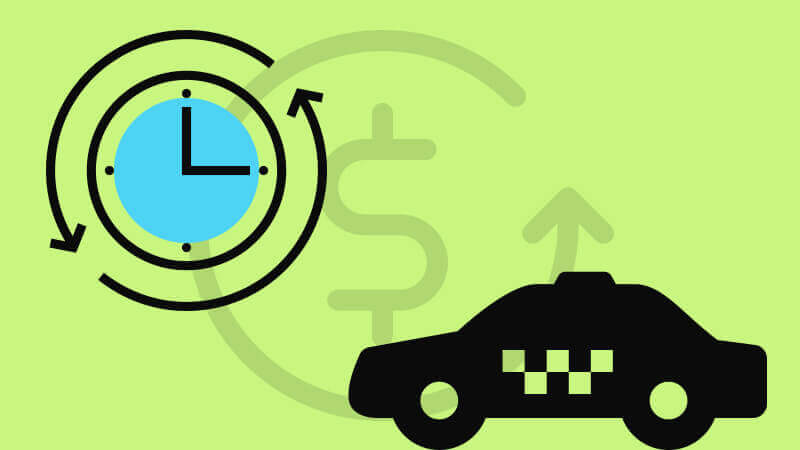
Surge pricing attracted a lot of attention and haul after Uberisation which is an important term for every aspiring or existing businessman to bookmark.
Surge pricing also referred to as demand pricing, time-based pricing is a pricing business strategy in which the businesses set flexible prices for the products or services based on the current demand of the market.
This form of pricing targets the urgency of the demand and is used to maximize the revenue based on the willingness of the customers to pay for the service.
Likewise, having a variety of prices based on the demand at each point in the day makes it possible for the businesses to generate more revenue by bringing in the customers at the different price points they are willing to pay.
Simply put, more the demand of the service, higher is the pricing and vice versa.
How Surge Pricing Works
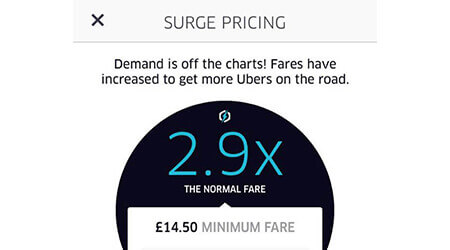
During times of high demand for rides, fares may increase to make sure those who need a ride can get one.
For riders, surge helps ensure that the pickup is available quickly and reliably.
For drivers, surge means higher fares and a steady stream of ride requests.
Demand for Rides Increases

As stated by Uber, there are many times when so many people are requesting rides that there aren’t enough cars on the road to help them all.
Bad weather, rush hour, and special events, for instance, may cause unusually large numbers of people to want to ride Uber all at the same time.
Prices Go Up
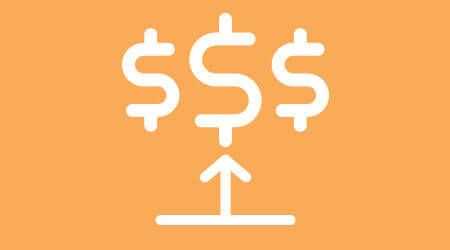
Uber says, when the demand is very high they choose to start raising the prices little by little in order to encourage more partners to get on the roads so that there are enough drivers to respond to the requests.
Riders wait or Pay more
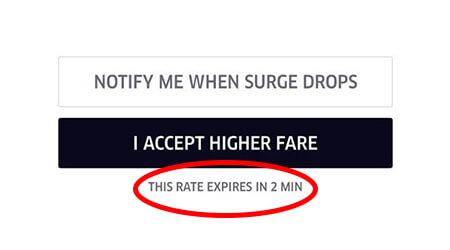
Uber says, when the demand is very high they choose to start raising the prices little by little in order to encourage more partners to get on the roads so that there are enough drivers to respond to the requests.
Get Complete Details Of Revenue Generating Aspects For Your On-Demand Business Plan
×
We believe in connecting personally, kindly drop your details below and we will connect with you soon on your email with precise information you requested.
Close
How are the Surge Pricing Calculated in Uber?
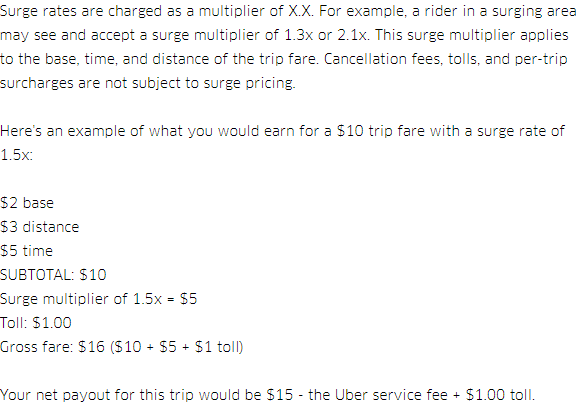
The surge pricing for any trip is based on the rider’s pickup location. While the drivers may receive a ride request while the vehicle is in the surging area, the rider’s pickup location may not be surging.
This is how the normal surge-charge processing of Uber is.
The Avenge of the Drivers Leading to Surge Pricing
It is no surprise that the Uber drivers are not satisfied with the way the company treats them.
Taking an instance, the drivers have to accept the request for UberPOOL or else they are banned. The drivers in many cases don’t find this economically beneficial since the pickup and drop for every passenger varies.
Apart from this, the algorithms of Uber are such that the drivers receive different commission rates and bonus targets for every different ride.
All this and similar such issues leave the drivers in the dark as to what they are working for and how is their remuneration calculated.
So, what are the drivers doing? Fooling around with the algorithms and the system.

Well, the infuriated drivers form a group among themselves and all of a sudden conduct mass switch-offs. When there is a scarcity of the drivers in a particular area, it triggers the surge pricing mechanism.
Even without any calamity or high-demand this is how surge-pricing is taking place in Uber.
Also Read: List of Unknown Facts About Best On Demand Taxi Booking Business: Uber
How Uber Got Slammed by the Riders Due to Surge Pricing
When the users started experiencing a sudden surge pricing even at odd hours more than once, it got them clear that there’s something inorganic going on within the application.
While some immediately thrashed the application, some installed the competitive apps, and some got down to Twitter and expressed their displeasure about the same.
1. Uber Mocked on its Promo Code Algorithm

2. The Driver’s Concept about Surge Pricing Made Clear

3. A Surgical Surge Pricing

4. Surge Pricing Did Shove Off Many Users

5. The Sanity of Surge Pricing Making Uber Insane

6. The Mid-ride Crisis

7. Nailed it. Memed it.

8. So, the Cuter Uber has Got Sarcastic Users as Well on Board

9. Uber, did you Mistook it as a Round-trip cost?

10. This is How you Become Uberrupt

11. The Inorganically-made Surge Pricing

Read: 10 Tweets Heavily Expressing On Recent UBER Shake-up
What Should Startups Learn
This definitely calls for a number of lessons for the Uber startups which are planning their revenue model for uber like app
First and foremost is, keep your revenue model in check. For an uber like app, the customer acquisition happens almost organically and so the fees charged to the stakeholders are a clear measure of make or break of such a business.
Next, it is important to make your service providers feel good about the service they are providing. Once, if you underestimate and leave them alone in the dark alley of how they are paid their wages, they will turn aggressive.
Lastly, make sure to deliver an ace service. Surge Pricing or whatever, the users who are pleased by the unbeatable service of Uber are still and will be loyal to it no matter what.

